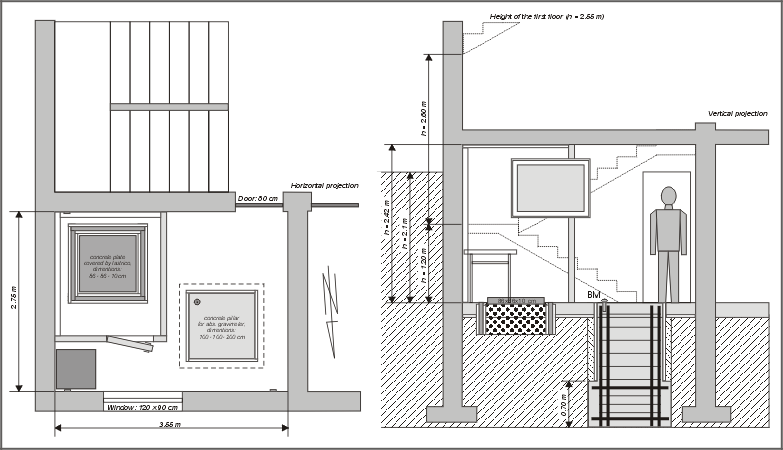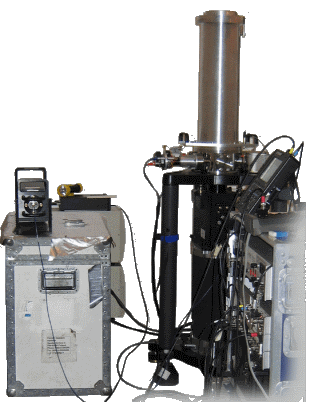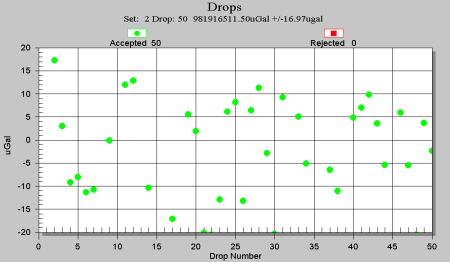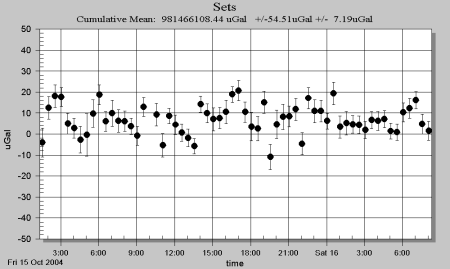Gravimetry
In order to determine and research vertical crustal movements of Wladyslawowo station, except precise levelling and permanent GPS, Absolute Gravity (AG) measurements were also planned to perform in one-two years time interval.
To study the gravity changes and loading effects coused e.g. by the Baltic Sea and Puck Bay with much higher time resolution, relative geophysical gravimeter is planned to establish on neighbouring plate in specially performed thermal controlled zone which could be work continuously. (Fig. 1.) Time shift of this instrument would be callibrated using results from episodic AG campaigns.
Site description
The nearest existing Absolute Gravity point is in Krokowa, which is located over 20 km from Wladyslawowo, so rather to far to be representative enough for Wladyslawowo area. For this reason we finally decided to find a new location for gravimetric station, much closer to the tide-gauge, maximum within 2-3 km distance from the harbour. The second reason was that we are interested in establishing gravity station on which relative gravimeter could be perform measurement in permanent mode. On Krokowa station this is in practice impossible.
In early 2003, several potentially convenient places were preliminary selected:
- boiling room close to Master Harbor Office
- cellar room of city church
- the religious education room close to a city church
- cellar room in City Hall of Wladyslawowo
Finally, the quite new - 5th proposal was accepted, located almost perpendicularly 1.2 km from seashore, in cellar room of 3-floor building, constructed in early 90.
On figure below, the adopted cellar room is presented with both monumentations: for absolute (concrete pillar 1 x 1 meter-wide and 2-meter-high, 1.4 x 1.4 x 0.7 meters base, with total cubature ab. 2.67 cubic meters) and relative (10 centimeters thick plate put on 50 cm thin sand layer), located in thermal controlled and isolated chamber) gravity measurements. Both monumentations are isolated from the buildings foundations and well connected with natural sedimental base (substratum).
 |
| Fig. 1. Cellar room for absolute and relative gravity measurements. |
Absolute Gravity measurement
First Absolute Gravity (AG) measurements were made on new established gravimetric station within 3-years ESEAS-RI Pilot Project.
Two AG campaigns were performed by FGI, Finland, as SRC's subcontractor in the ESEAS-RI Project, using FG5 instrument (S/N 221):
- 11 - 17 October 2004
- 23 - 26 September 2005
One week before each campaign, vertical connections beetwen all instruments installed on EOS WLAD were performed using precise levelling technique.
Finnish Geodetic Institute, SRC's subcontractor for AG in the ESEAS-RI Project, took part with it's FG5 S/N 221 instrument in the callibration campaign (BIPM, Paris, 5-20 September) just before the second campaign, performed on 23-26 September 2005.
After the absolute gravity measurement sessions, vertical gradient of the Earth's gravity acceleration was measured using Lacoste Romberg relative gravimeter. Finally, the value of g was reduced to the level of still marker established in the concrete pillar, performed for absolute gravity measurements in 2004.
 Fig. 2. FG5 instrument established on WLAD_AG point during the measurement in October 2004. |
  Fig. 3. Two example charts from Absolute Gravity measurement performed in Sept. 2005. |
Absolute gravity observations collected during both AG campaigns were processed and analyzed and the results of gvalues are stored in SRC database and will be used in the future analysis of e.g. vertical movements of WLAD station.
| Last updated on: 2006-10-11 |